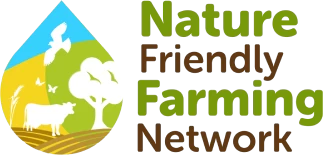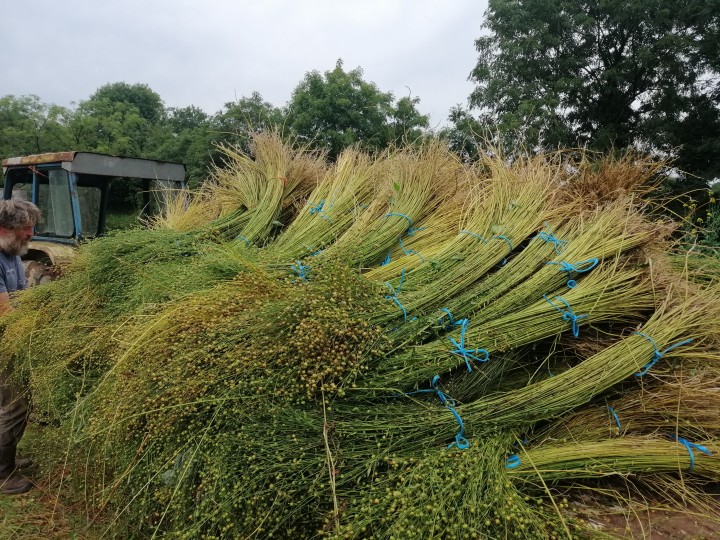It was probably easier for us as we were small and hadn’t borrowed or invested heavily. It will be a lot more difficult for larger-scale operations, but all the more reason that those of us who can adapt quickly or need to do it as a matter of urgency.
What are your top tips for farming in ways that can mitigate climate change and restore nature?
Learn to be OK with an untidy farm. Let the hedgerows go a bit wild, leave margins and a good variety of species in them.
Focus on profit rather than turnover – it’s not all about scale.
We can’t just point the finger at other countries or industries or the government. We can’t wait for policies to emerge. We all have to do what we can, right now, and that starts with the choices that we make in our own homes and businesses – we have to get on with it.
Have you experienced the effects of climate change on your farm?
We’ve certainly seen a decline in biodiversity. Our parents remember wildlife and plants that simply aren’t there anymore. We’ve seen more flash flooding in the river catchment too.
What support do you need from the government to continue farming in a nature-friendly way?
The government could support innovative farming methods and build a culture of innovation within the agri-food sector. Innovation is about more than new technology, it is about radically rethinking the way we do things. Our experience has been that the traditional structures for agricultural policy and funding are unwieldy and admin-heavy. We need to allow for risk-taking which is necessary to foster innovation. The best support we’ve had from the government has been through Innovate UK who helped us to set up the Source Grow platform.
We need to shorten our supply chains and massively diversify our production – more fibre for textiles as well as natural fibre composites to replace plastics and building materials, and more fruit and veg production to replace imports. Support for campaigns, like Peas Please, will support farmers as well as improve health.
What would your message be to the public to encourage them to support farmers’ delivery of climate action and nature recovery?
Ask questions! Consumers have real power to effect change so be conscious about where you buy your produce, when was it grown, how and where. Eat seasonally, eat locally grown, eat more veg, eat less meat and dairy, and buy better meat and dairy. Similarly, for your textiles and clothes – buy less and buy better.



